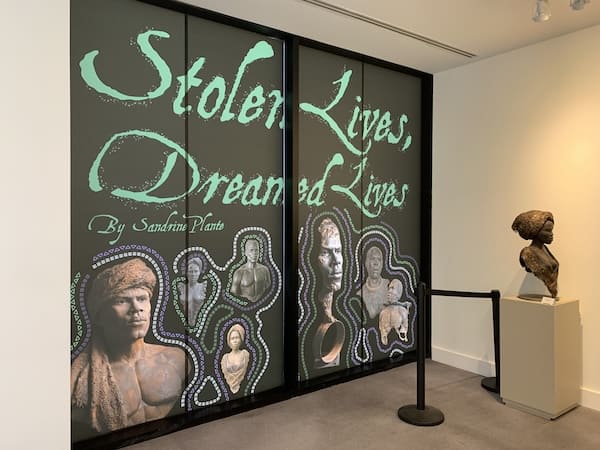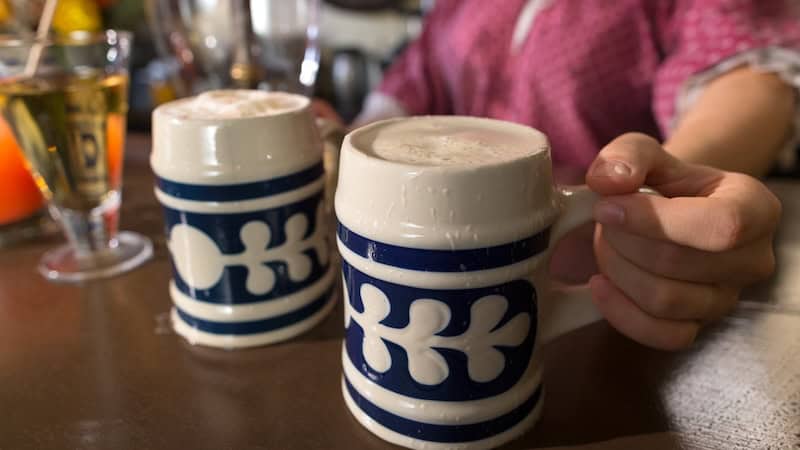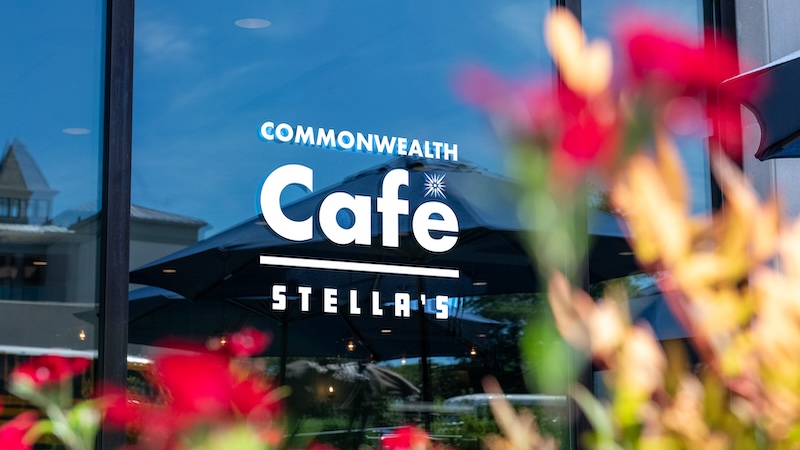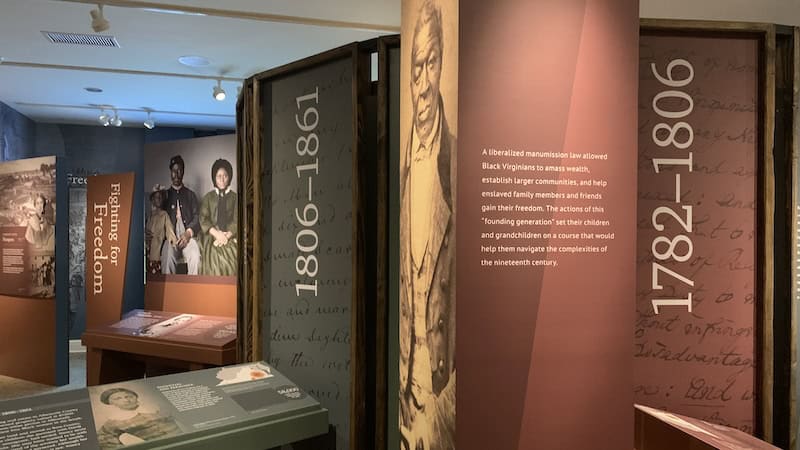Inspirational ‘Stolen Lives’ Sculptures by Sandrine Plante
One of two February exhibitions, including ‘Visions of Progress’
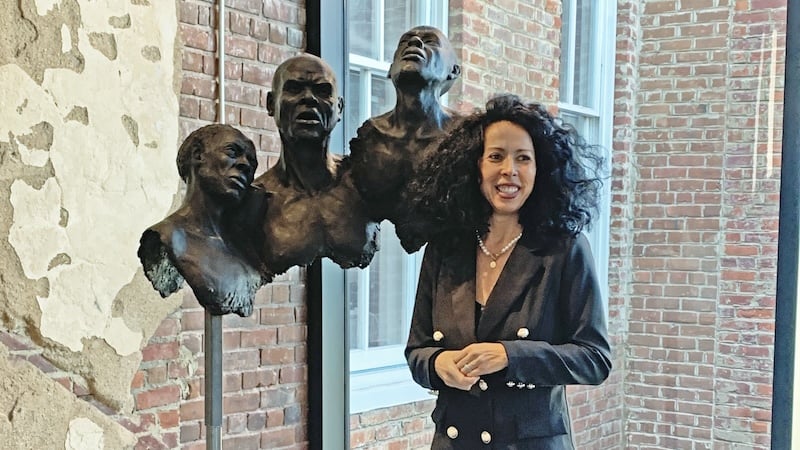
A pop-up exhibition at the Black History Museum and Culture Center of Virginia reaches across history and oceans to share a powerful message of inspiration. The nine sculptures of “Stolen Lives, Dreamed Lives” arose from artist Sandrine Plante’s dreams, created to honor African ancestors. Along with “Visions of Progress: The Evolution of a Culture Through Emancipated Style,” Plante’s sculptures will be available for public viewing through Feb. 29, 2024.
Sandrine Plante and the messages of art
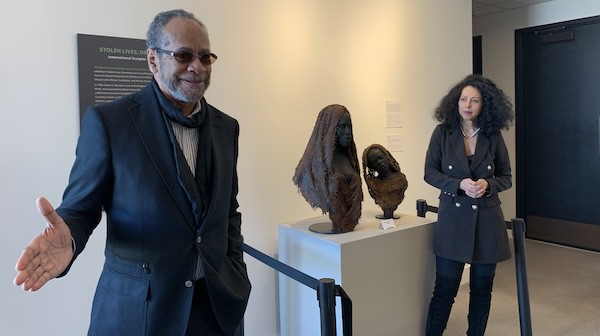
“I have come to realize that media – art in particular – is very powerful. It determines and shapes culture. It can also help resurrect truth,” says Tim Reid, an actor, director, and producer with Virginia roots. “What’s going on in this country at this time when it comes to truth in history has been convoluted.” Reid is on a mission to counteract that through his television streaming service, LGCY TV. In searching for artists to showcase, he learned of international artist Sandrine Plante and her sculptures. He reached out, visited her in France, and was determined to share her work – including in Richmond.
The artist’s story is as striking as her artwork. Sandrine Plante was born in Puy de Dôme, France. Her mother is French and her father is a slave descendant from Réunion Island in the Indian Ocean, a French territory known for volcanoes, rainforests, coral reefs, and beaches. She began working with clay at the age of 8 and quickly decided to become an artist.
Most notably, Plante’s figures arise not from models or photos, but from her dreams. Her materials include black clay, as from the volcanic soils of Réunion. Her sculptures are life size – as she puts it, “eye to eye,” so “you feel the emotion, you feel the humanity, you feel the soul.”
Her work brings attention to slavery. She honors ancestors torn from their native land of Africa and draws attention to the struggles that still haunt our world. “It’s not just the past,” she says. “All around the world, people are enslaved. It’s important to know their stories.” Her goal is “not to be famous. It’s to show who you are.”
The artist also writes messages inside each bust because, she says, “You can enslave my body, but not my soul.”
The “Stolen Lives, Dreamed Lives” exhibition at the VMHC features nine sculptures, depicting people enduring slavery and fighting for freedom, as healers and nomads. As a sample:
Her “3 Brothers No Home” series tells of an unsuccessful slave revolt on Réunion Island, where her father was born. The three men represent enslaved people hung in the public square for their part in the revolt. The nose of the man in the middle is modeled after her father’s nose.
“Cry Slavery” represents a brutal roundup of villagers on Bunce Island, opposite Sierra Leone in Africa – the village was decimated, many villagers died, and the rest were sold into slavery. The woman of the sculpture is screaming with rage.
Other busts tell of life and hardships without the brutality of enslavement: “Nomad Mask” and “Malia Nomad”; “FREEDOM Mask,” a powerful, proud face determined for the future; and the “Healer,” poised to perform a ritual.
Descriptions beside the art illuminate not just the message of the piece but the dream that brought it to life. For the “Healer,” wrote Plante, “I dreamt of this character after returning from a trip to Casamance, in the south of Senegal in Africa, where I went to offer a sculpture made from their earth.”
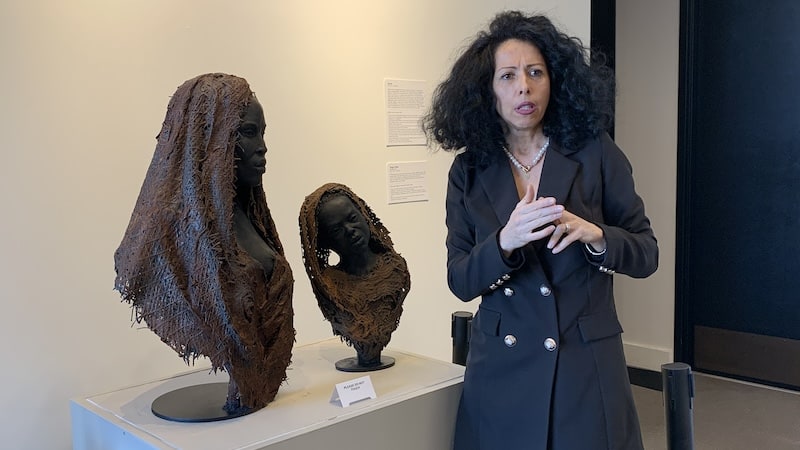 The busts of a woman and child sit side by side, both draped in veils made of fiber resin. Dreams of the woman began coming to Plante when she was still a child, appearing in profile in various scenes, as in a village on fire, trekking through water, in Senegal, and in prison.
The busts of a woman and child sit side by side, both draped in veils made of fiber resin. Dreams of the woman began coming to Plante when she was still a child, appearing in profile in various scenes, as in a village on fire, trekking through water, in Senegal, and in prison.
Her own history with this woman may give Plante an affinity for her, but the artist is quick to point out, “I like all my art. For me, they are human.”
As viewers examine her art, the sculptor wants them to explore their own stories – where they came from, their ancestors. “We are here because of them,” she says.
Tim Reid says of Plante’s figures, they are more than just form and beauty – they show “dignity in spite of trauma and pain. There’s such dignity and character in her work. I can see their humanity. Each one has a different personality.
The exhibition lasts through the end of February 2024. Come in and look each sculpture in the eye. Feel the humanity, see into the soul.
Meaningful spaces for learning about Black history in Richmond, Virginia
‘Visions of Progress’
Also at the BHMVA through February, “Visions of Progress: The Evolution of a Culture Through Emancipated Style” features early 20th-century portraits showing Black Virginians as proud, accomplished individuals rather than in the roles of servants and laborers that they were forced to play in the segregated commonwealth.
Both exhibitions are aligned with the Association for the Study of African American Life and History’s Black History Month theme, African Americans and the arts. Together, the exhibitions showcase Black pain and triumph, trouble and success, struggle and dignity.
Both will be on display through Feb. 29, 2024.
The Black History Museum & Cultural Center of Virginia
122 West Leigh Street, Richmond, VA 23220
